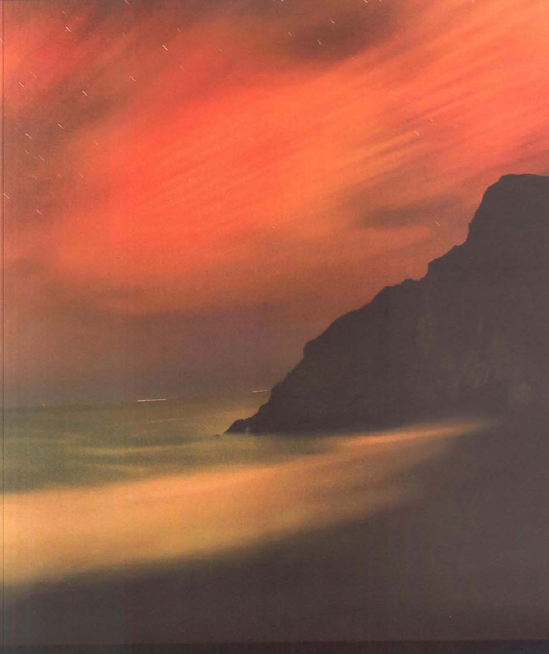Chapter 2. Colors of the night
Photographing Cityscapes at Night

The suns sinks below the horizon and the lights of night come on. What better way to get introduced to the pleasures of night photography than to start by photographing the night lights of the city where you live?
Long exposures of the city night may lack the subtle pleasures of nighttime in the wilderness, but the reward is capturing the effect of many different color temperatures of different lighting sources.
Besides ambient light from the setting sun, lunar light and light from the stars, light sources you may see at night include the varying color temperatures of argon, fluorescent, halogen, mercury vapor, tungsten, xenon and more. You'll see the tell-tale signatures of the color from all these lighting sources in any broad cityscape photo with their varying qualities of yellow, green, blue and orange. This lighting "soup" can turn mushy, but in the best case it creates an exciting story of he varieties of light on display, especially when viewed in contrast in a way most people don't often get to see.
Long exposures at night can also turn motion into lines and patterns. Cars, helicopters, buses, trains and airplanes are no longer apparent except in the tracks made by the lights they project.
City views at night are made using the shortest amount of time for the shutter speed-usually between 4 and 30 seconds. This is ...
Get Creative Night: Digital Photography Tips & Techniques now with the O’Reilly learning platform.
O’Reilly members experience books, live events, courses curated by job role, and more from O’Reilly and nearly 200 top publishers.

